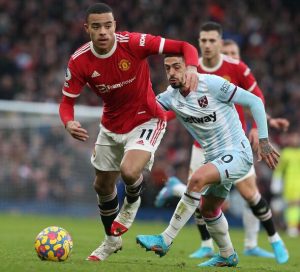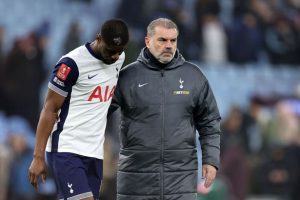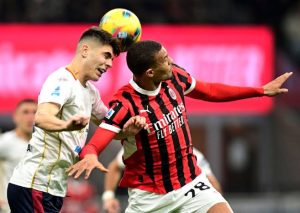Mason Greenwood will be free to leave Manchester United this summer after not playing for the team in the previous two years.

Everything you needed to know about Manchester United’s transfer ambitions for the remainder of the year was revealed by their most recent financial results. In addition to setting records for ticket sales, broadcasting, and commercial income on matchdays, United also boasted the largest paid membership in international sports. They nevertheless suffered a £25.8 million net loss.
Player sales saw a long-overdue uptick, but it was still insufficient to make up for the enormous summertime expenditure.
Football money has never been a bigger problem than it is right now, as seen by the charges brought against both Everton and Nottingham Forest this past week for allegedly breaking Premier League Profitability and Sustainability guidelines.
A fine, a deduction of points, or another sporting penalty could be the result of the punishment. This is the reason United needs to exercise extreme caution in their January transfer window decisions.
Selling players before they can reinvest the money elsewhere is a crucial component of the Ineos Group’s transfer strategy, which they are already preparing for to be a momentous first summer at the club.
In particular, considering that the existing financial regulations actually promote such a retrograde strategy, there is a compelling case for United to sell any academy products they no longer require this summer.
Although United has traditionally seen its academy as a means of developing the greatest young players to support their own first team, it makes far more sense to use it as a cash cow in the current game.
From a financial fair play standpoint, selling academy players is very advantageous to a club because the profit on the sale is only considered income, despite what might seem counterintuitive. An academy player usually doesn’t need a transfer fee, or if they do, the amount of compensation is usually minimal. This implies that if you sell an academy player for £10 million, you will immediately make £10 million on your books.
Under Ten Hag’s leadership, United has already moved a lot of its youth players, but these deals have typically involved cheap transfer fees with the possibility of a windfall due to strong sell-on clauses and the safety net of buyback possibilities.
They stand to gain a great deal from the new system this summer. As part of the impending midfield makeover, Scott McTominay may be sold, and given Marcus Rashford’s recent problems, concerns have been raised regarding his future.
However, the selling of Mason Greenwood is the most noticeable. Since January 2022, Greenwood has not played for United. The club does not plan to allow him to play for or train with them while he is still a member, following social media accusations against him earlier that month, all of which he has vehemently rejected.
Greenwood is anticipated to depart the team permanently this summer, with a deal that runs until 2025. Since he has established himself as a vital member of Getafe’s squad, rumours have circulated that Barcelona and Atletico Madrid may try to sign him as well.
From a purely commercial standpoint, it is still in United’s best interests to have Greenwood succeed in Spain in order to obtain a larger transfer price from him this summer, which will all be considered profit.
It’s not as simple as it seems. Getafe will contend that the 22-year-old’s sporting advantages exceed the bad publicity they have encountered, but not all teams would be open to working with him.
Because of outrage on social media regarding possible transfers, several clubs abandoned their interest in signing Greenwood last summer. However, just because he was a player at Getafe doesn’t mean he’ll be a good addition this summer.
To make sure the situation doesn’t go on for too long, Ineos would be wise to negotiate his departure well in advance of the summer window opening. It would also be advantageous financially to get rid of him as soon as possible.







